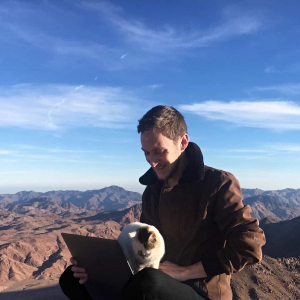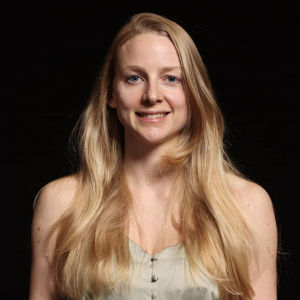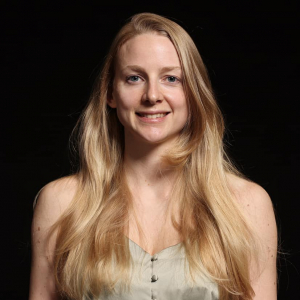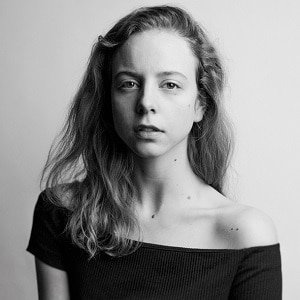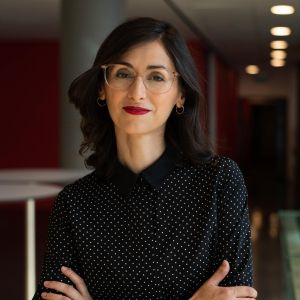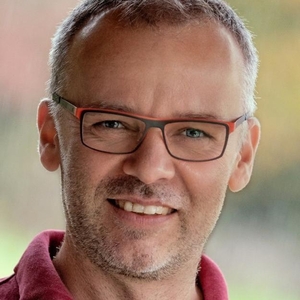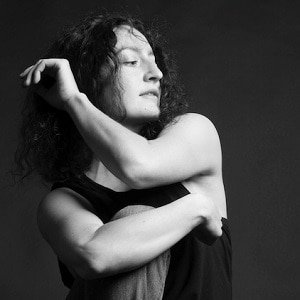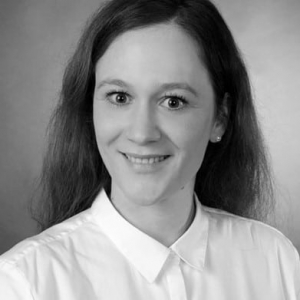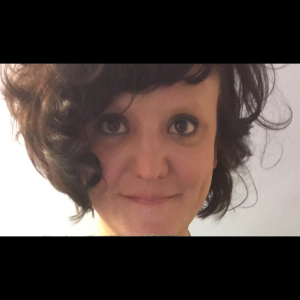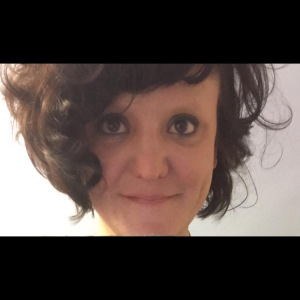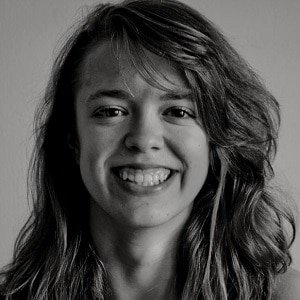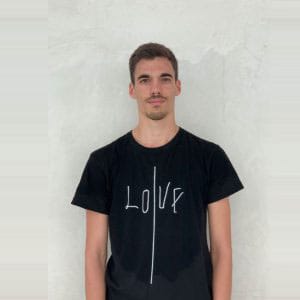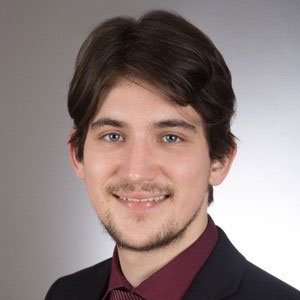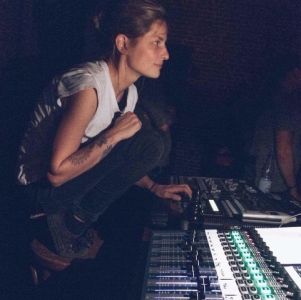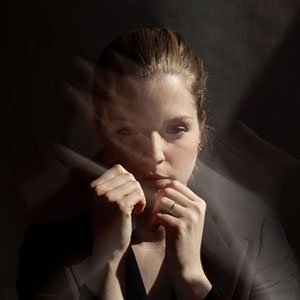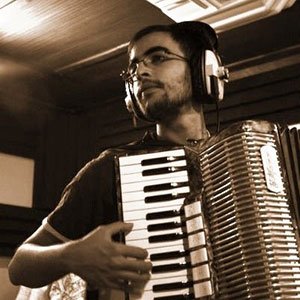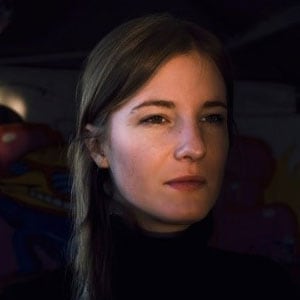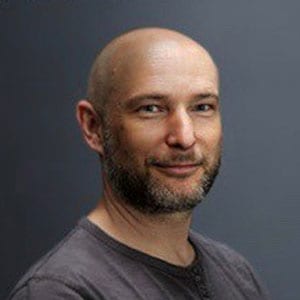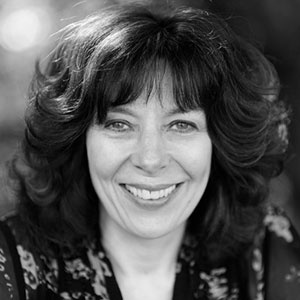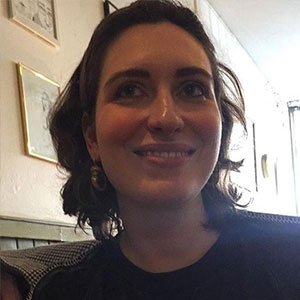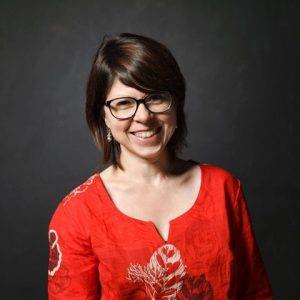Bil Wa and Elisabeth started their collaboration during several improvisation sessions in Berlin in 2013. In 2014 their were commissioned by Töne Festival Kent to create the piece ‘duo through piano’ together. The pictures show impressions of this piece.
Concept & Performance: William ‘Bil Wa’ Costa & Elisabeth Schilling
Commissioned by Töne Festival Kent
Premiere: Töne Festival Kent, June 2014
Generously supported by Töne Festival Kent
Audio recording:
duo-through piano is a score for one dancer and one musician; using a piano (prepared as a string instrument, with four metal wires strung horizontally above the piano’s sound board), two fishing reels and lines, six metal chopsticks, and one violin bow. The fishing lines run from the reels, through the horizontal wires, to the dancer’s hands. Each movement made by the dancer makes a click from the reel, a rubbing drone from the wire, and; through vibration, produces a tone from the string connected below. These sounds are manipulated by the musician, standing at the piano, using the sustain pedal, preparations of metal chopsticks inside the piano, and bowing of the horizontal wires. The duo remains focused on the score, while, making compositional, aesthetic, and practical decisions.
duo–through piano explores the correlation between: movement – sound, action – response/counter action, silence – stillness, composition – improvisation.The piano is the point where separate actions, physically and sonically; conjoin, phase, oscillate, and/or collide.
In this score Elisabeth explores movement inspired by sound (texture and timing), as well as the visual element of the strings as lines in space. Her movement research revolves around the sensations of sound, rhythm, dynamics in contemporary music, the presence of the other performer, and how these translate in the body in improvised performance. Her performative presence is informed by the idea of unpredictability and surprise in different states of listening.
Bilwa’s position fluctuates between assessment – response and impulse – assessment. Using a limited palette, he will produce and alter sounds and give and receive sonic and visual impulses. The sound quality is atonal, with silence, drones, and incidental clicks and rattles; while the movement ranges from stillness to fluidity.
There is no hierarchy between the two elements.

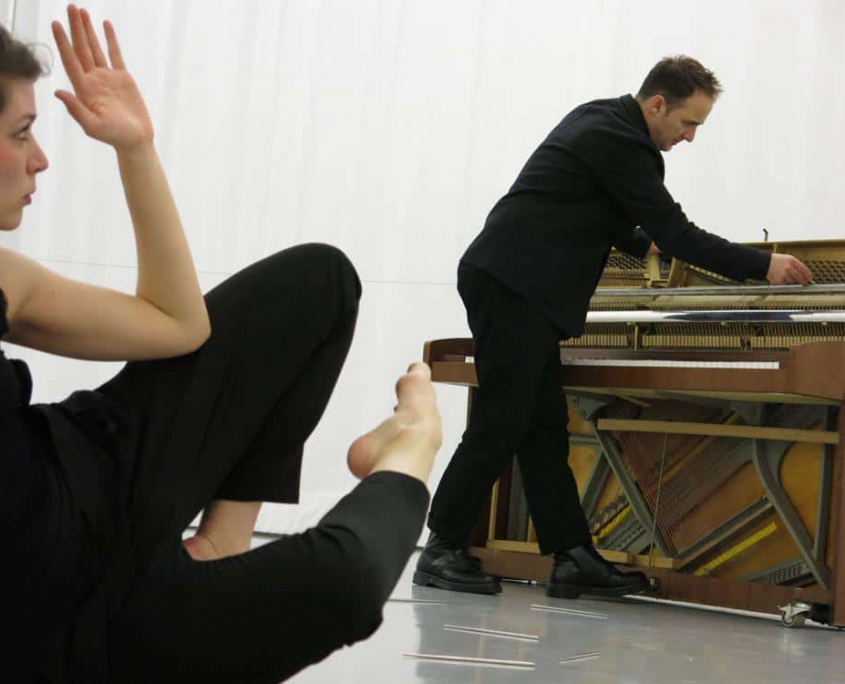


















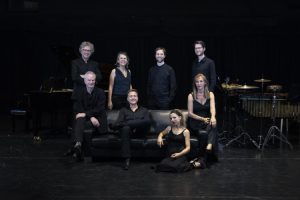
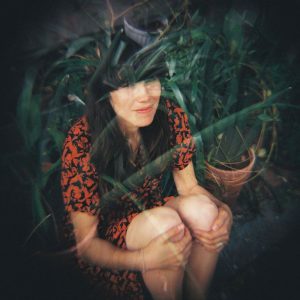
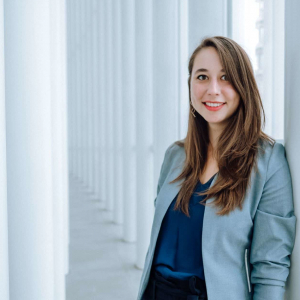


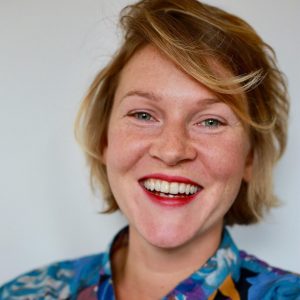
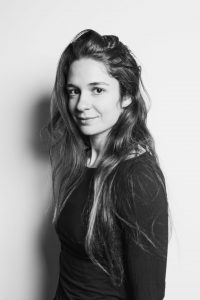
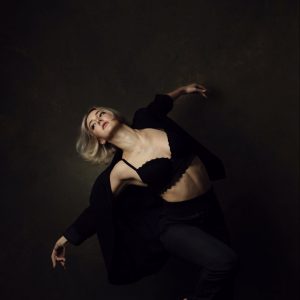
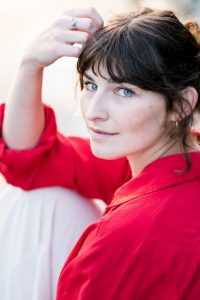
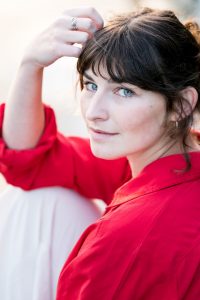
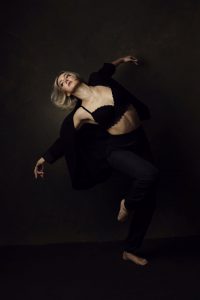
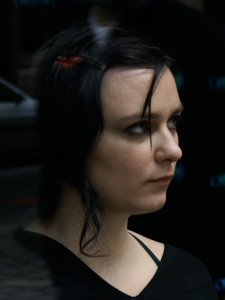



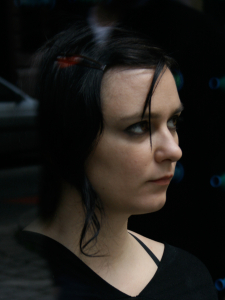
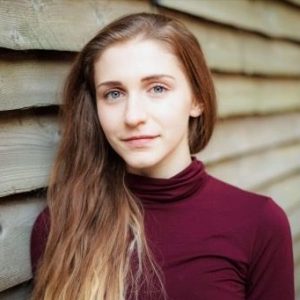

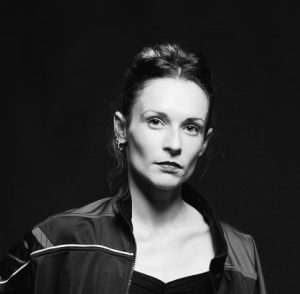 Lou begann im Alter von 5 Jahren in ihrer Heimatstadt zu tanzen. Im Jahr 2012 schloss sie sich dem Ballet Junior de Genève an, wo sie Werke von renommierten Choreografen wie Andonis Foniadakis oder Hofesh Schechter tanzte. 2016 schloss sie sich dem Kamea Dance Cie in Israel an, wo sie unter anderem Werke des Regisseurs Tamir Ginz, aber auch von Nacho Duato und Marco Goecke tanzte. Seit 2020 ist sie als Gasttänzerin am Grand Théâtre de Genève engagiert und arbeitet seitdem als freischaffende Tänzerin.
Lou begann im Alter von 5 Jahren in ihrer Heimatstadt zu tanzen. Im Jahr 2012 schloss sie sich dem Ballet Junior de Genève an, wo sie Werke von renommierten Choreografen wie Andonis Foniadakis oder Hofesh Schechter tanzte. 2016 schloss sie sich dem Kamea Dance Cie in Israel an, wo sie unter anderem Werke des Regisseurs Tamir Ginz, aber auch von Nacho Duato und Marco Goecke tanzte. Seit 2020 ist sie als Gasttänzerin am Grand Théâtre de Genève engagiert und arbeitet seitdem als freischaffende Tänzerin.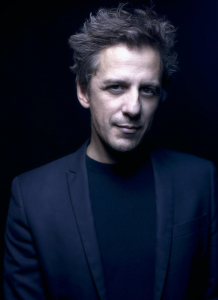
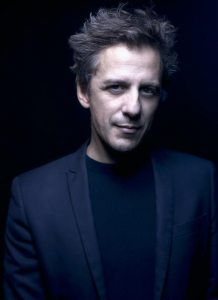
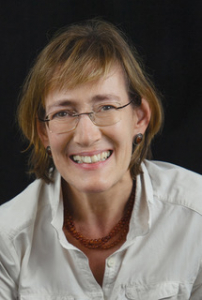
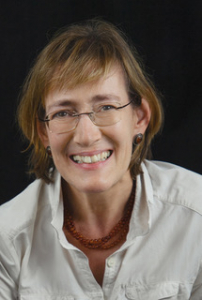
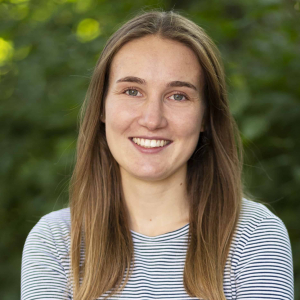 Johanna Schmitt
Johanna Schmitt Johanna Schmitt
Johanna Schmitt